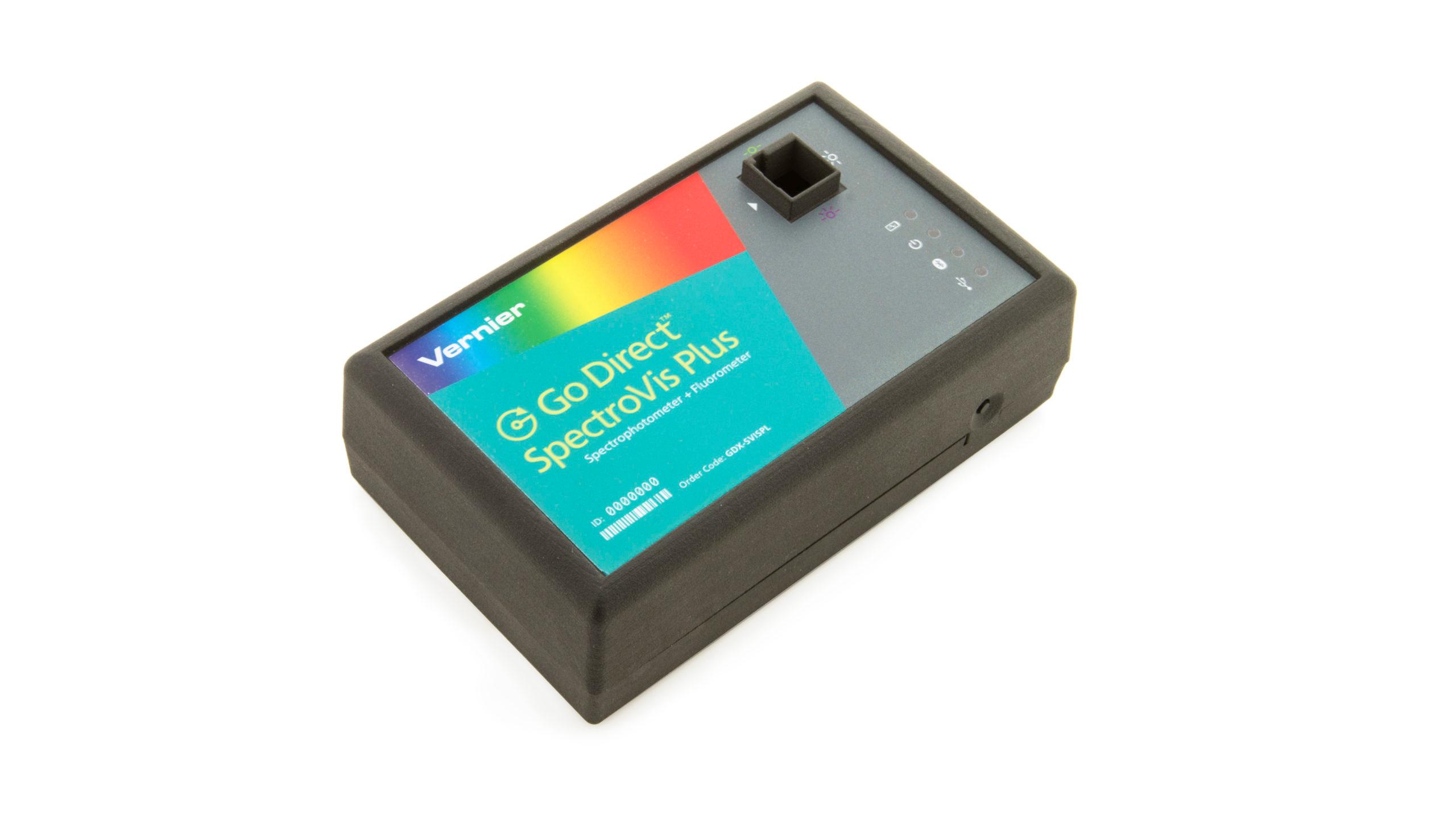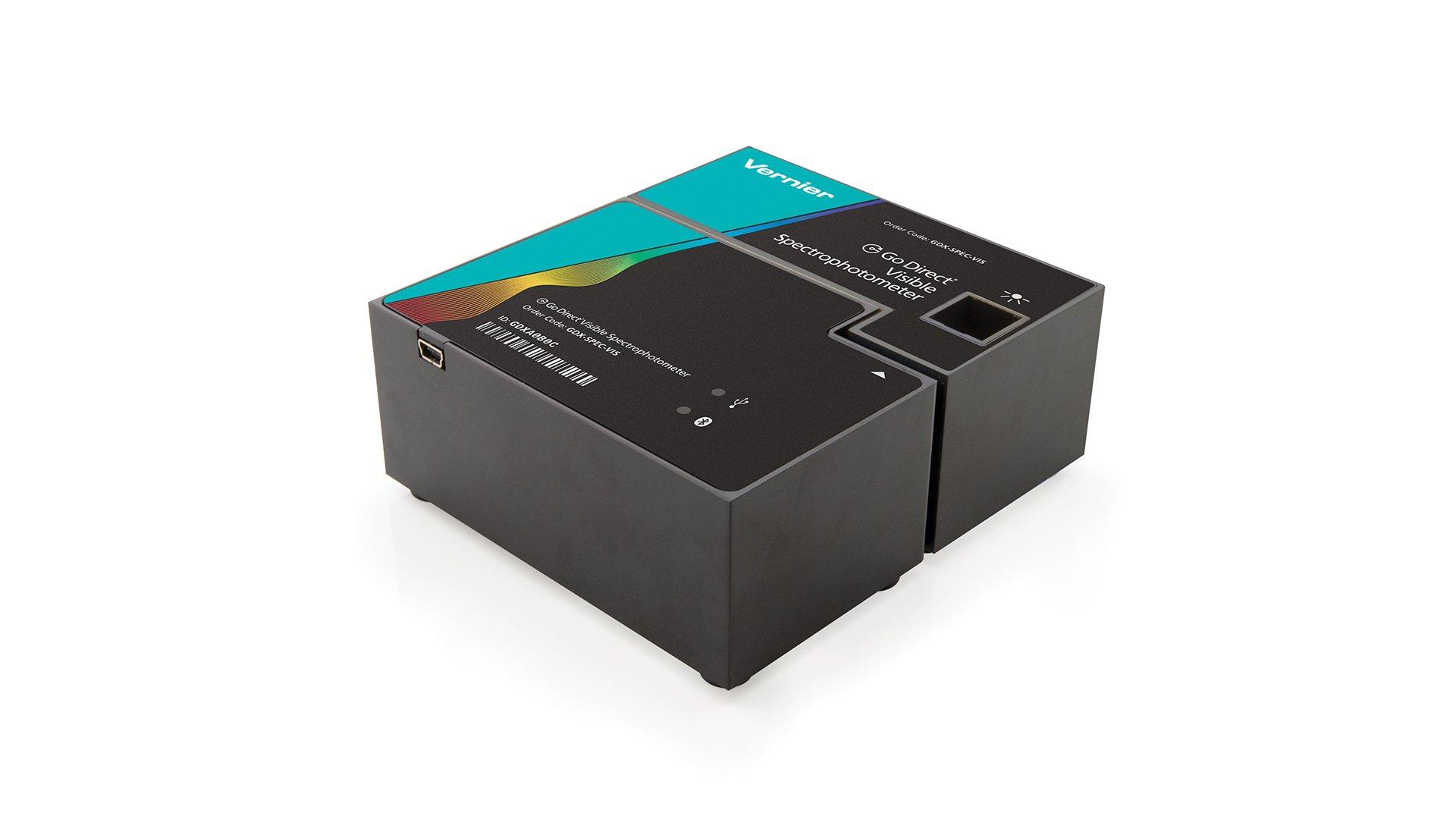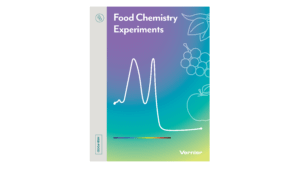Introduction
Food dyes are used in soft drinks to simulate natural colors of fruits or vegetables and to make the products more appealing to consumers. In this experiment, you will look at seven food dyes approved by the Food and Drug Administration: FD&C Blue No. 1, FD&C Blue No. 2, FD&C Green No. 3, FD&C Red No. 3, FD&C Red No. 40, FD&C Yellow No. 5, and FD&C Yellow No. 6. You will analyze a common soft drink to determine the food dyes used to give it color.
There are three parts to the experiment. In Part I, you will use a spectrophotometer to observe the absorbance spectrum of the soft drink to see which colors (wavelengths) of visible light are absorbed by the dyes in the drink. The spectrophotometer passes a light beam containing all the visible colors of light through a sample of the drink. As the light passes through the sample, some of the colors are absorbed and other colors pass through. Some colors may be partially absorbed. The detector measures the amount of each color of light that it sees and provides a signal that is graphed by the software.
In Part II, you will separate the dyes from a sample of the drink using a technique called column chromatography. In column chromatography, the column contains a material (called the stationary phase) to which food dyes are partially attracted. Some dyes are more attracted to the material in the column than others.
The dyes can be moved through the column by various solvents (called the mobile phase). The rate at which a dye passes through the column can be controlled by varying the ratio and concentration of solvents that are injected through the column. Some dyes will move more readily and others will require higher concentrations of a particular solvent to move through the column.
In Part III, you will compare the spectra of the separated components of the drink from Part II, to the spectrum you saw in Part I. This will give you an idea of how the dyes contribute to the overall spectrum of the drink.
After collecting and analyzing your data, you will compare the spectra of the components of the drink to the spectra of commercial food dyes in order to determine which dyes were used to make the drink.
Objectives
- Observe the absorbance spectrum of a soft drink.
- Conduct a liquid-chromatographic separation.
- Observe the spectra of the components of the separation.
- Compare the spectra of commercial dyes to determine which dyes were used to make the drink.
Sensors and Equipment
This experiment features the following sensors and equipment. Additional equipment may be required.
Correlations
Teaching to an educational standard? This experiment supports the standards below.
- International Baccalaureate (IB) 2025/Chemistry
- Structure 1.1.1—Elements are the primary constituents of matter, which cannot be chemically broken down into simpler substances.
Ready to Experiment?
Ask an Expert
Get answers to your questions about how to teach this experiment with our support team.
- Call toll-free: 888-837-6437
- Chat with Us
- Email support@vernier.com
Purchase the Lab Book
This experiment is #08 of Food Chemistry Experiments. The experiment in the book includes student instructions as well as instructor information for set up, helpful hints, and sample graphs and data.



